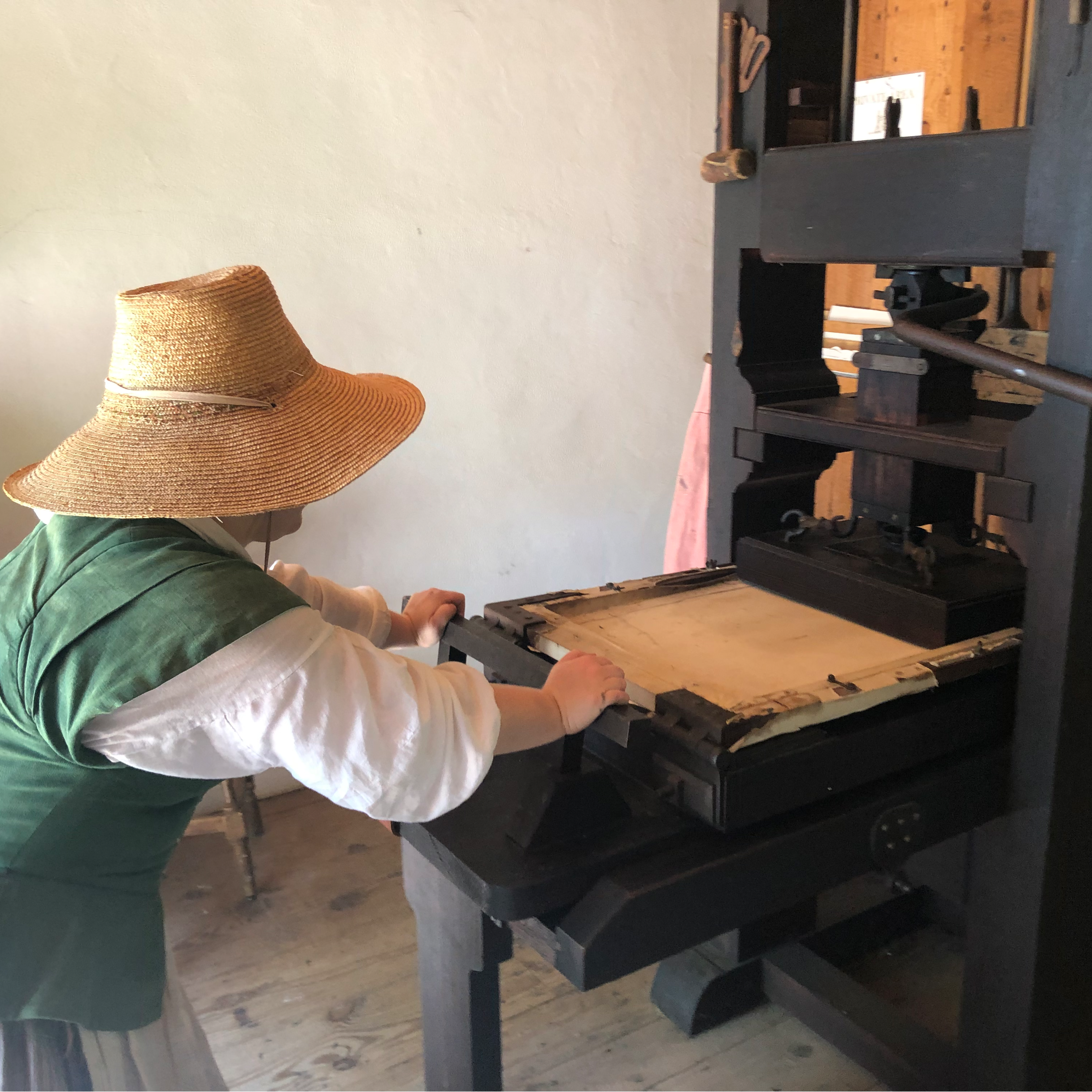Philosophy
- read and discuss The Giving Tree by Shel Silverstein
- Think/Pair/Share - does this story have a happy ending?
- introduction to new philosopher, Charlotte Joko Beck
- read pp.80-84 from Thich Nhat Hanh's How to Relax
- ten minute guided meditation


Botany
- read The Duchess Bakes a Cake by Virginia Kahl
- phase II of building projects:
"Design a Plant Maze" - p.33
"Make a Plant Grow Down Instead of Up" - p.49 - design and conduct individual science experiments for yeast
The yeast experiments were SO MUCH FUN!
The kids have now got the idea of a "control" down pat (our control was baker's yeast plus white sugar plus body temperature water). Then they got to create their own experiments changing one variable. The Oui jars were the perfect size, and so were the 12 x 18" paper placemats which allowed everyone to organize their jars, make notes about what was in each, and keep track of the results.
For variables, they could change the temperature of the water, the amount of water, the amount of sugar, the kind of food they put in for the yeast to eat, or change the kind of yeast (I also had brewer's yeast on hand).
It takes much longer than you would think for a child to design his/her own experiment, so be prepared. I would say it took them half an hour to decide what they wanted to do. There are so many choices for variables, plus then they have to look at all the measuring cups and measuring spoons and choose quantitites of each ingredient. Then they have to write all of their notes on their paper, then get their jars and measure out all of the ingredients and set the experiments up. The child who added maple syrup in addition to the sugar got the most dramatic results and his jar quickly overflowed. These are small glass jars which makes it easy to see the results, but be ready with containers to place under the jars if needed!


Kitchen Chemistry
- add summary of candy making to binder
- make liquid laundry starch
- make starch slime
- make hanging yarn balls
- look up our new carbodydrate, starch, in Theodore Gray's Molecules: The Elements and the Architecture of Everything

Handwork
Again, All Year Round has a wonderful section on this holiday:
p.34 Valentine's Day
p.35 Valentine Bird Biscuits
p.37 Valentine Decorations
p.37 Felt Hearts
p.38 Heart Baskets
For our family Handwork time on Sunday afternoon we chose to
- read Somebody Loves You, Mr. Hatch by Eileen Spinelli
- make woven paper Heart Baskets
For preschoolers, I have recently fallen in love with a new Valentine's Day story for little ones. It's "The Valentine Baker of Pink" and I just discovered it in Suzanne Down's Valentine Tales.


World Geography: Africa
We have this block set up with a "Two Base + Unlimited Bonus" structure. Everyone is responsible for two Base posters. The younger students are doing animal reports and reports on the peoples of Africa, the older students are doing country reports and book reports on chapter books which take place in Africa, and everyone is listening to the picture books which I read aloud each day. The children are allowed to do as many Bonus posters as they want to after their two initial Base reports are finished. This way they can also have the freedom to research any Africa topic they want.
The posters are just simple sheets of long paper. I have 11 x 17" white paper and 12 x 18" tan paper. In fact, this activity quite a lot like designing a two page spread for an MLB. Each poster needs an illustration and some facts which you think are important. The only difference between this and the MLB page is that you are required to list your resources on the back of the poster.
Natalie created a sample poster over the weekend. It's an animal report on the giraffe, a really cool African animal which doesn't happen to be represented in the Waseca biomes nomenclature because they can only choose one mammal for the Grasslands. She looked through our Steve Jenkins book collection and found a long list of great facts. She was also inspired by his torn paper collage art style and created her illustration of the giraffe's patterned neck with the oxpecker bird pecking at it to remove a tick.
Here are the pictures of her poster:
Here is
the list of books which she used for
her facts:







Reading through the resources we have has been a main focus of this week. It's important to have a main lesson like this mid-year and not at the start of the year, so that reading skills are strong and the children are confident. I'm also reading books aloud to the group each day. We've also added elements to the classroom as they are mentioned in books (the xylophone, the African singing drum, and the mancala game, for example). Here is this week's list:

A South African Night
by Rachel Isadora (Monday morning)
Leila: A Tuareg Child (Children of the World)
by
Herve Giraud (Tuesday morning)
How Do People Live?
by Philip Steele (Tuesday morning - Tuareg page)
A Ride on Mother's Back: A Day of Baby Carrying around the World
by Emery Bernhard
(Tuesday morning - Tuareg page)
For You are a Kenyan Child
by Kelly Cunnane (Tuesday afternoon)
Moja Means One: Swahili Counting Book
by Muriel Feelings (Thursday morning)
Jambo Means Hello: Swahili Alphabet Book
by Muriel Feelings (Thursday morning)
Schomburg: The Man Who Built a Library
by Carole Boston Weatherford (Thursday afternoon)
The Boy Who Harnessed the Wind
by William Kamkwamba (Friday afternoon)
This post contains affiliate links to the materials I actually use for homeschooling. I hope you find them helpful. Thank you for your support!

















 Immersive Experience
Immersive Experience Immersive Experience
Immersive Experience








No comments:
Post a Comment